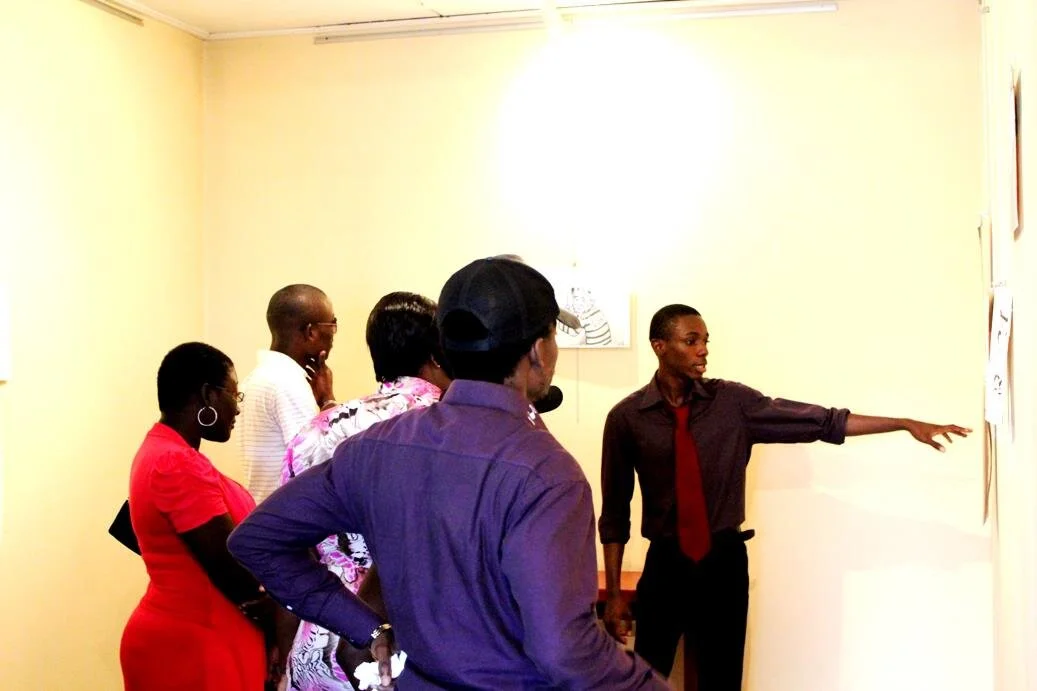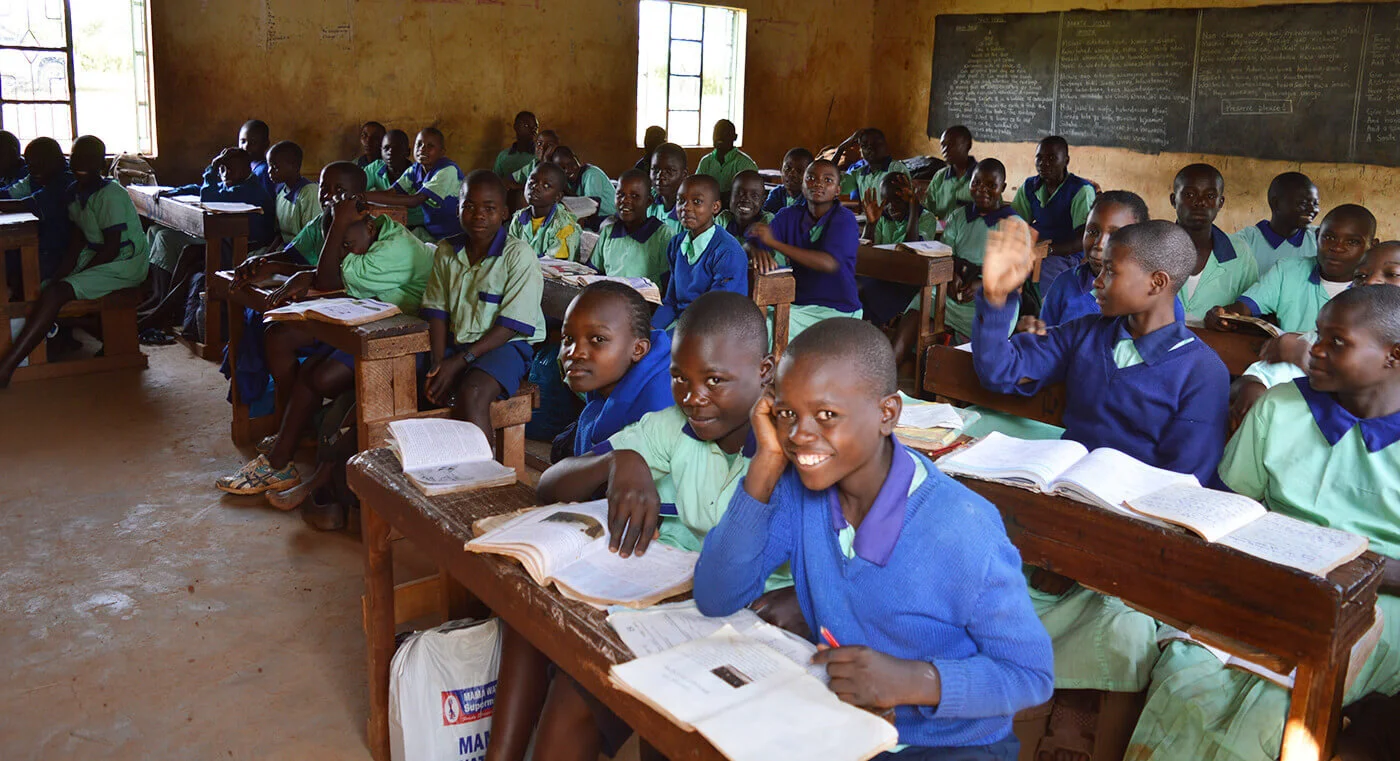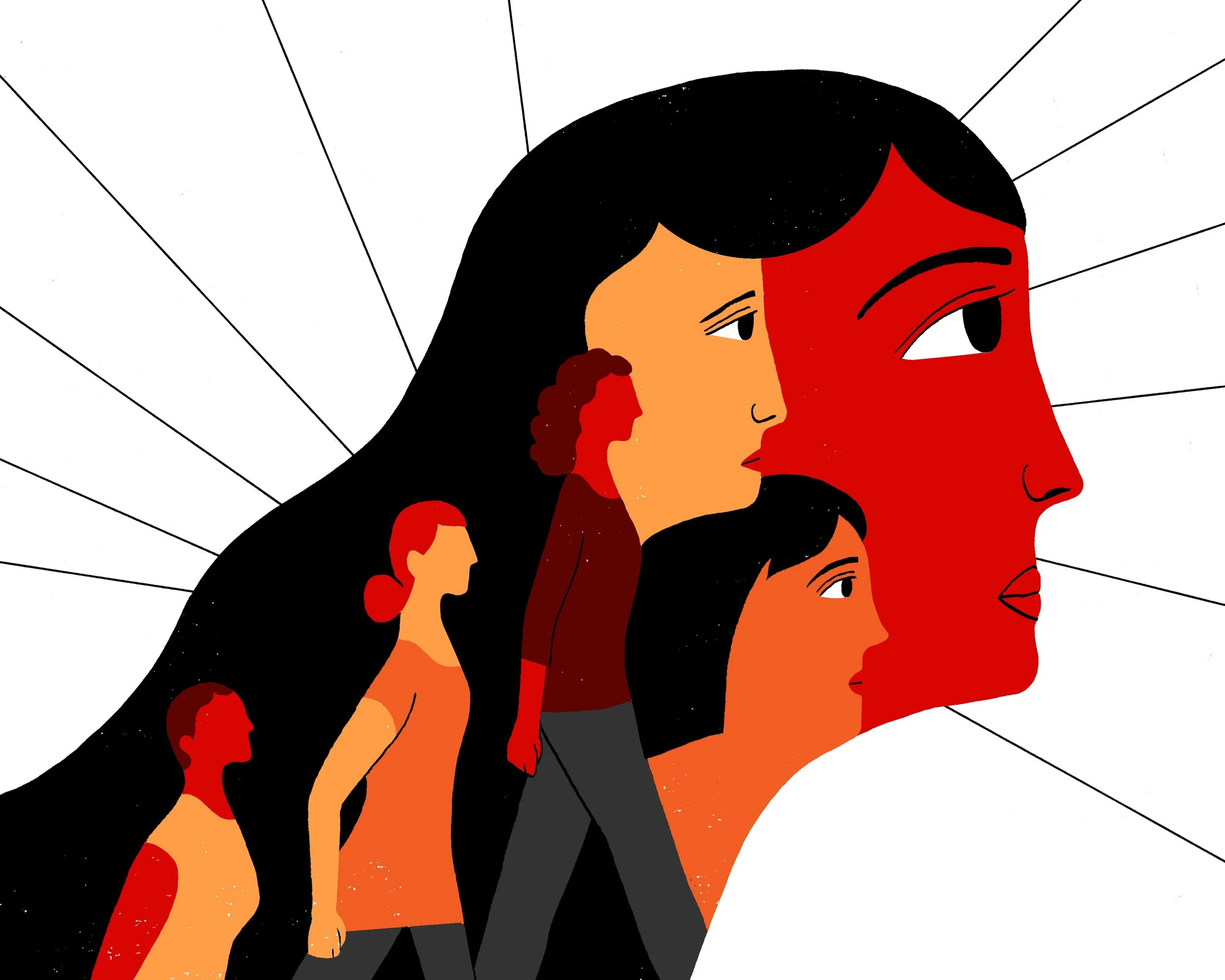Some argue that the solution is simply to impose fiscal discipline, cut expenditures, address policy failures, strengthen the rule of law, reduce red tape, curb corruption and other dysfunctionalities, as well as eliminate market failures and inefficiencies that are hindering progress.
She’s Giving Voice To Youth In Cameroon. Here’s Why | The Youth Cafe
Meet The Woman Giving Voice To The Voiceless in Kenya | The Youth Cafe
His Cartoons Are Changing The News Model In Côte D’Ivoire | The Youth Cafe
Key To Rooting Out Wrongdoing? Journalists | The Youth Cafe
Information Literacy And The Challenge of New Media Technologies | The Youth Cafe
The expansion of new media technologies has led to the rise of social media platforms—like Facebook, Twitter, Instagram and YouTube—and apps which young people have exploited, sometimes for good and sometimes for malicious activities. Young people are increasingly taking advantage of the power of social media to interact as well as share knowledge and information.
Equip Teachers With Media Literacy For CBD Delivery | The Youth Cafe
According to UNESCO, Media and information literacy is a critical 21st century life-skill to enable young people understand the functions of media and other information providers and seek, evaluate, use and create information to achieve their personal, social, occupational and educational goals. They must also possess basic skills for critical thinking, to analyze and use them for self-expression, for becoming independent learners, producers, informed citizens, professionals, and for participating in the governance and democratic processes of their societies.
Media And Information Literacy For Young People | The Youth Cafe
In a situation where the Kenya government is implementing a variety of cross-cutting initiatives that have a direct bearing to the lives of all citizens in the information age, it is envisaged that elaborate MIL initiatives are needed in Kenya to bring the various citizen groups – including children and youth – up to speed with the rapid development of digital technologies through media and information literacy awareness creation and capacity building.
Five Things You Didn’t Know About Disability And Sexual Violence | The Youth Cafe
Children with disabilities are exposed to a broad range of violence perpetrated by parents, peers, educators, service providers and others. Violence can take many forms, including bullying in school, physical discipline at the hands of caregivers, the forced sterilization of girls, or violence in the guise of treatment, such as electric shock ‘aversion therapy’ to control behaviour. In some cases, children are deliberately harmed to inflict disabilities that make them more sympathetic as beggars in the street.
16 Ways You Can Stand Against Rape Culture | The Youth Cafe
Every day we have the opportunity to examine our behaviours and beliefs for biases that permit rape culture to continue. From the attitudes we have about gender identities to the policies we support in our communities, we can all take action to stand against rape culture. Here are 16 ways you can do your part:











